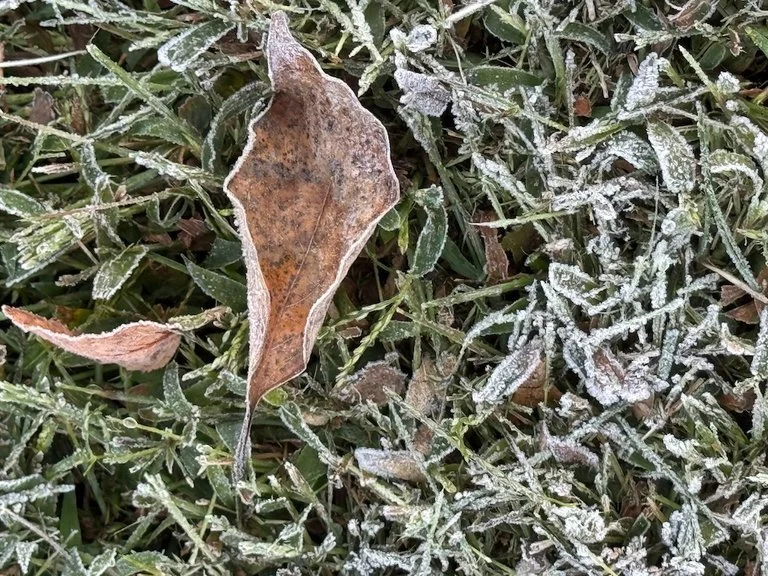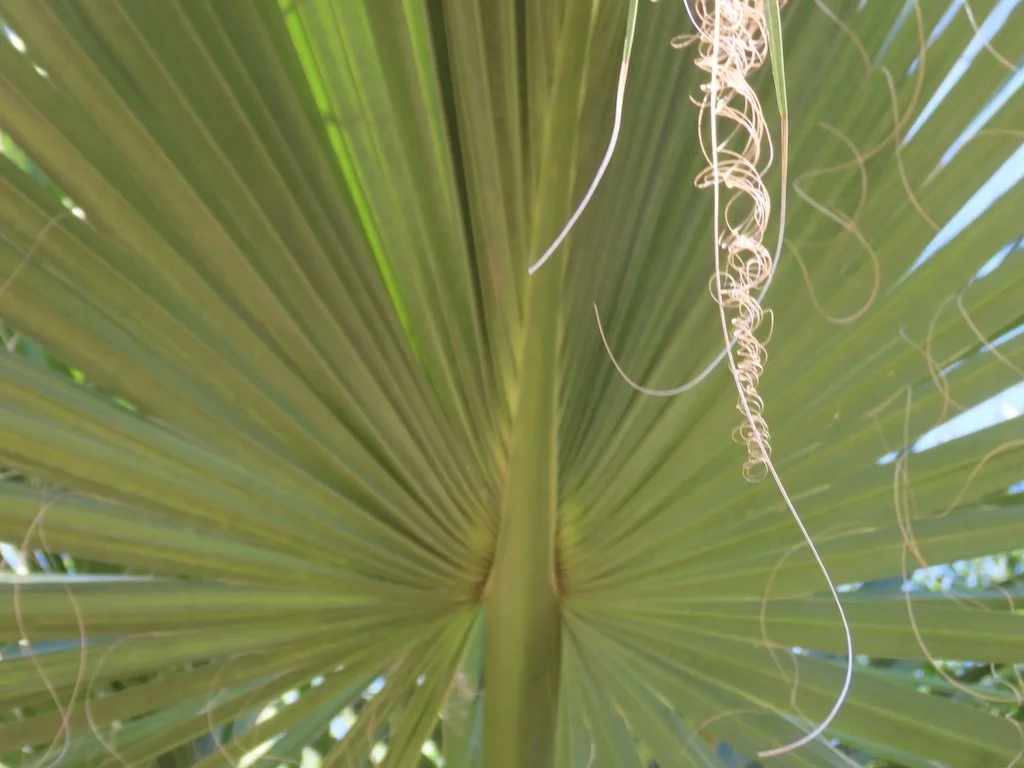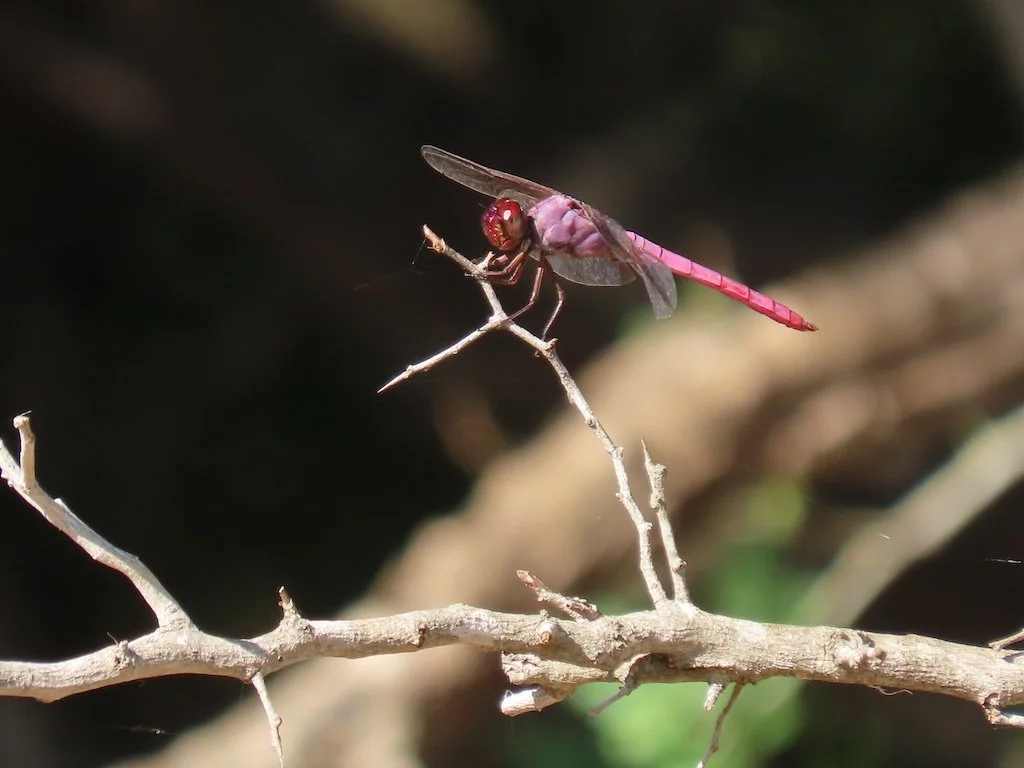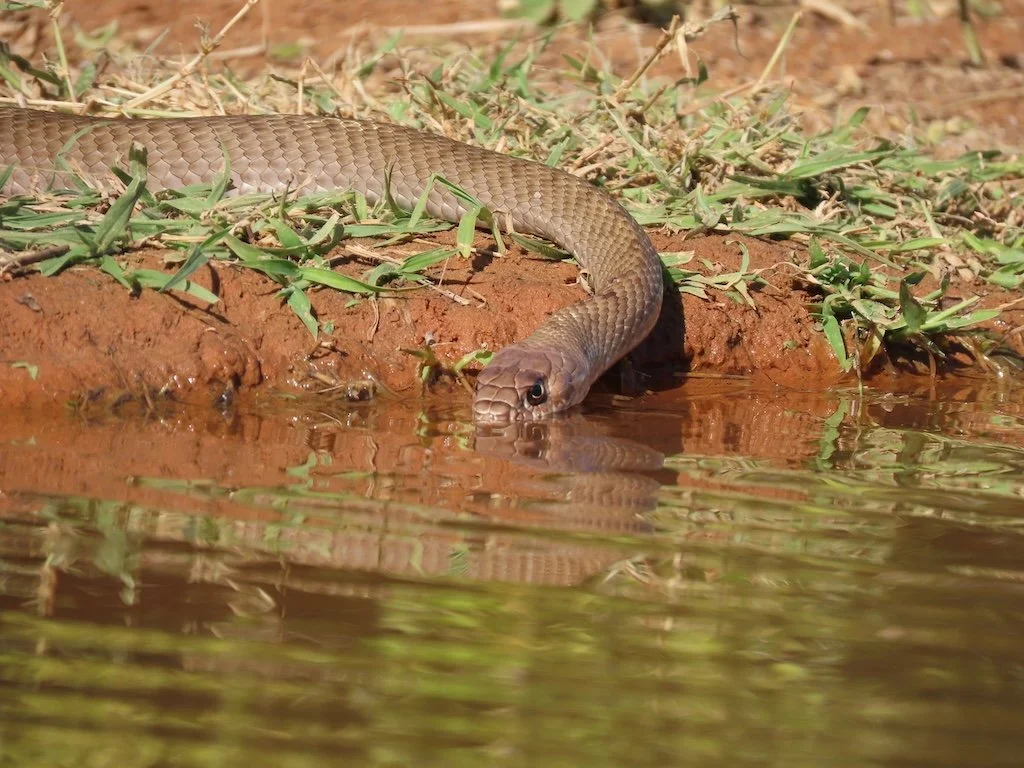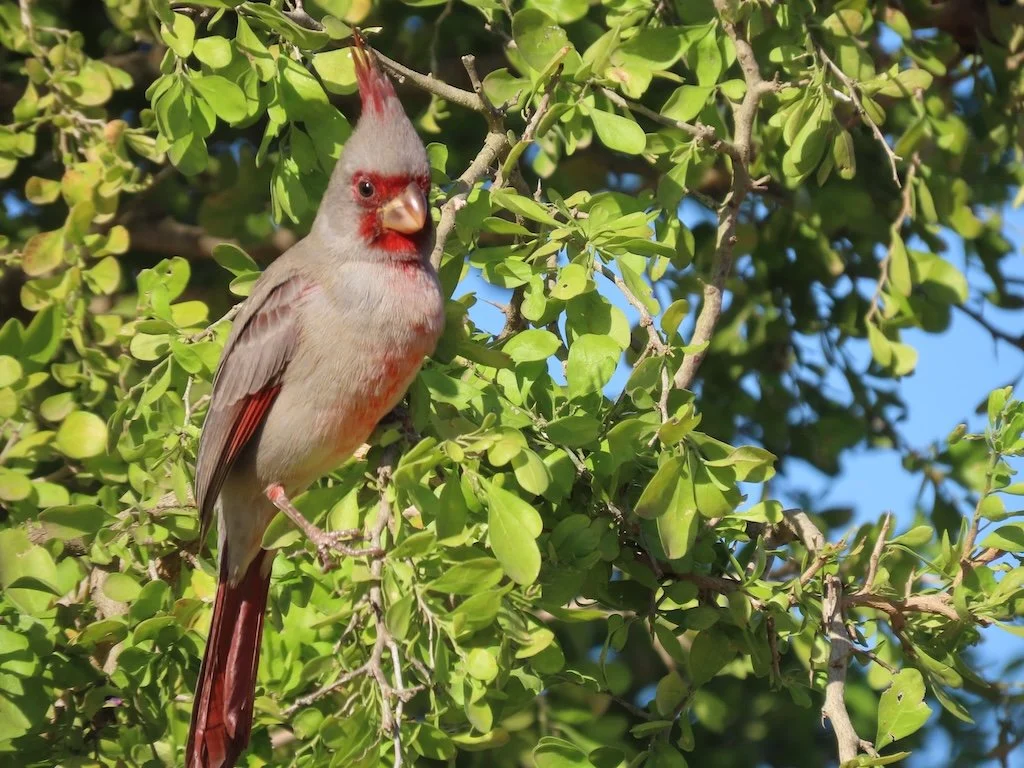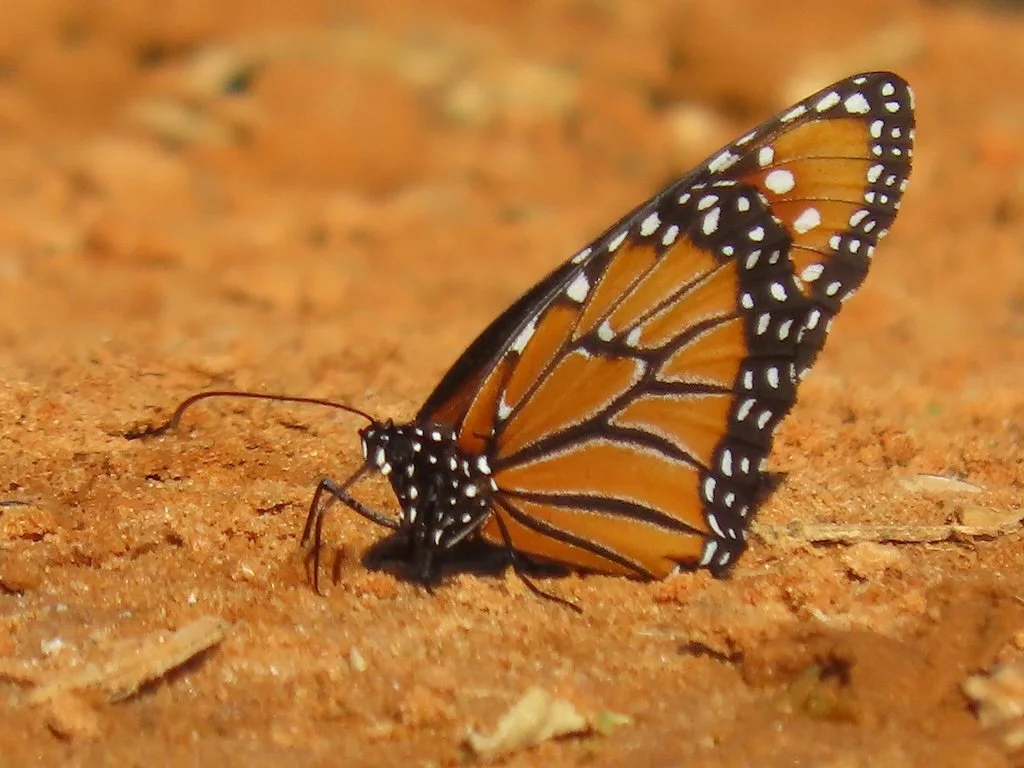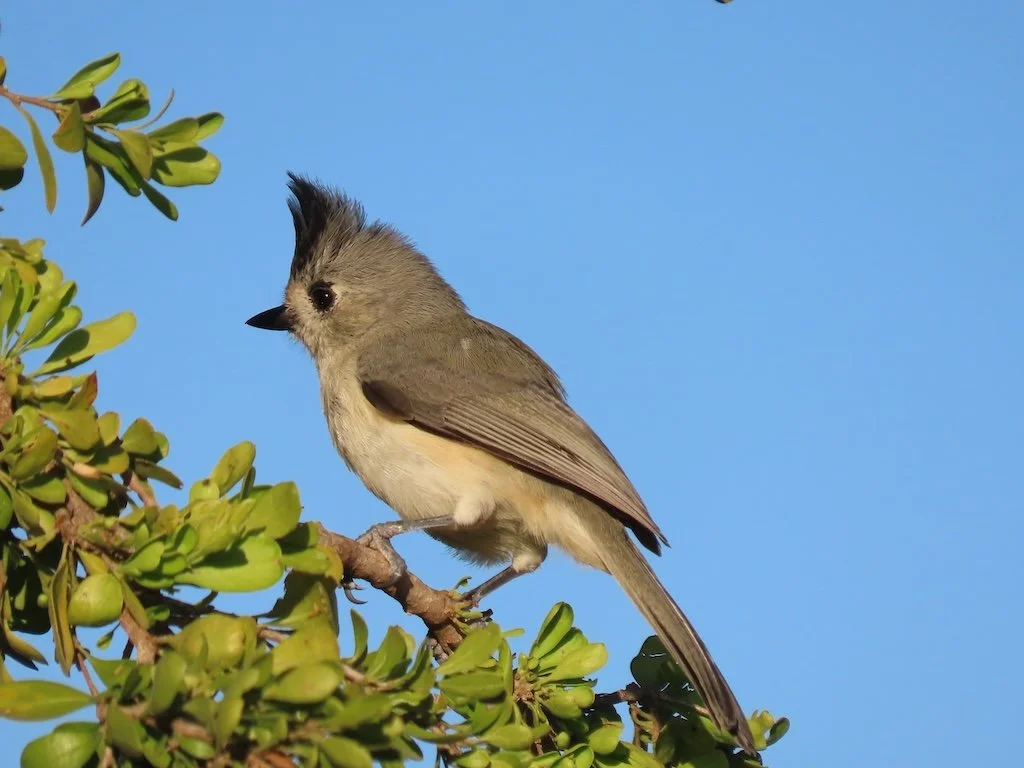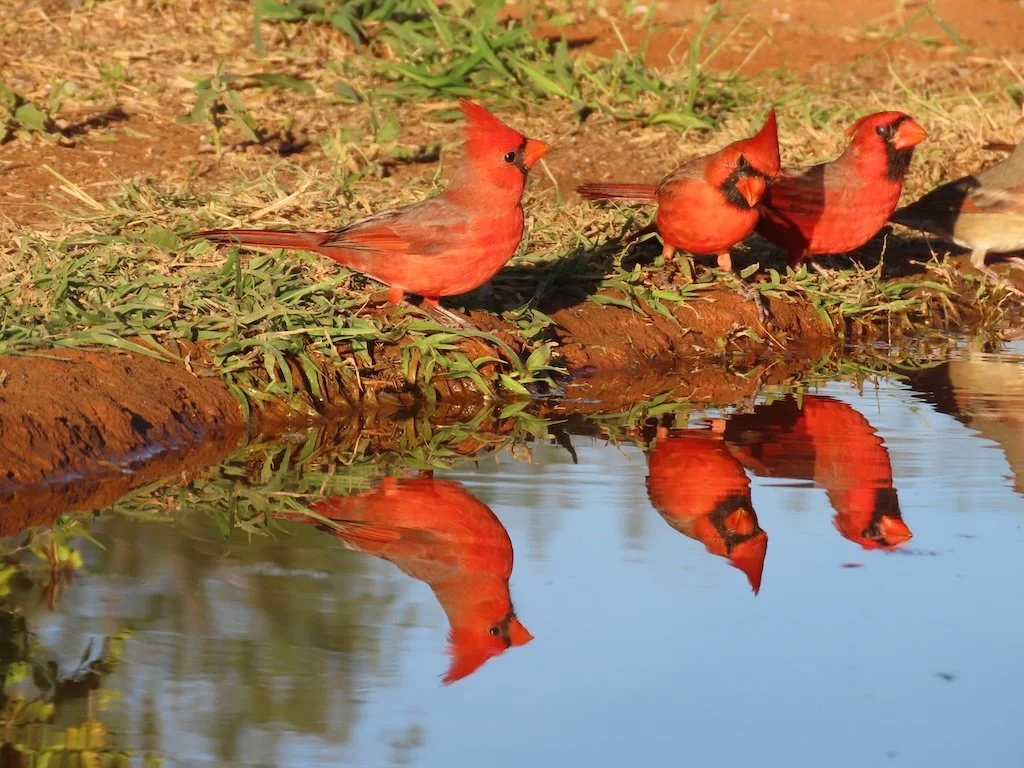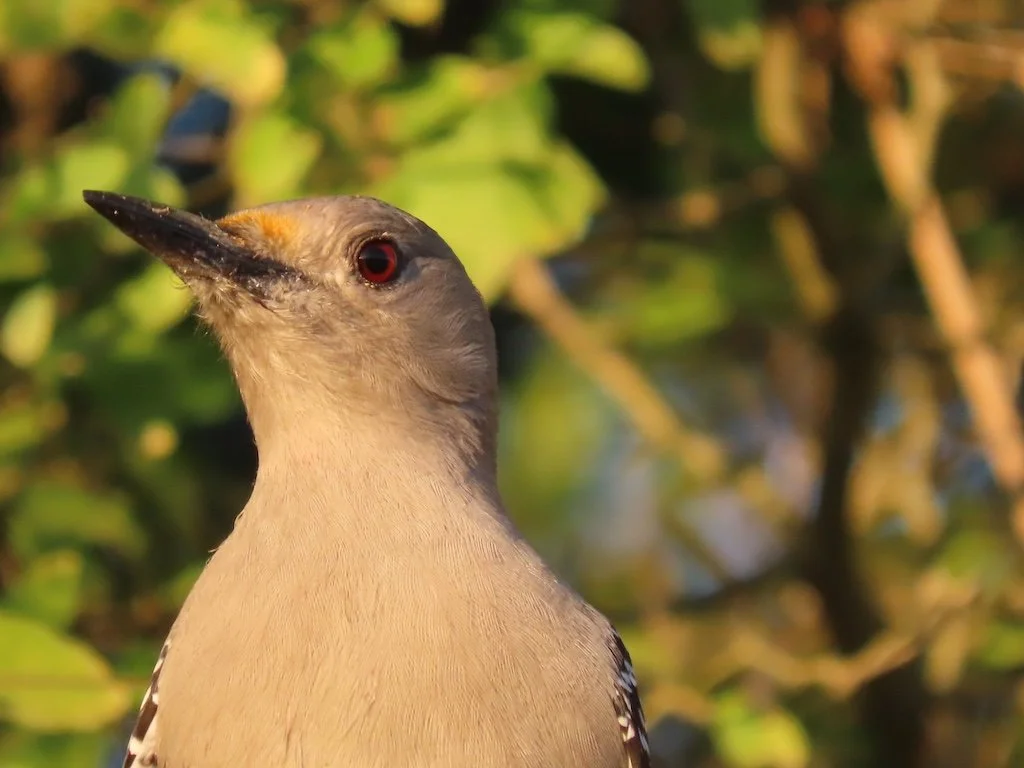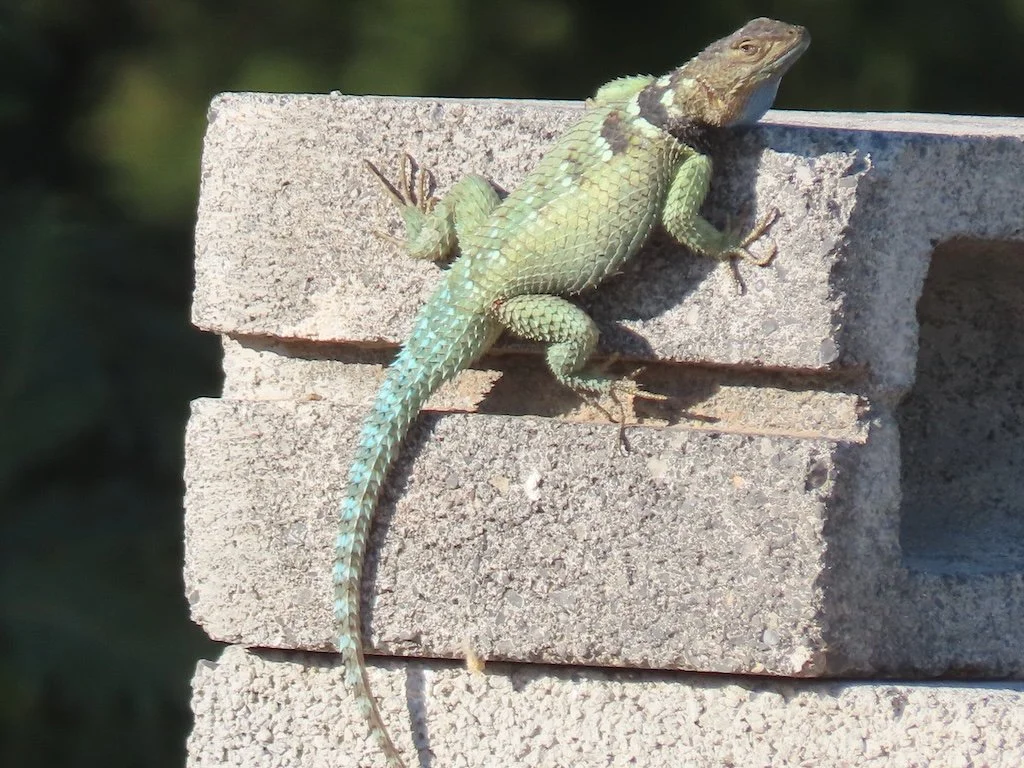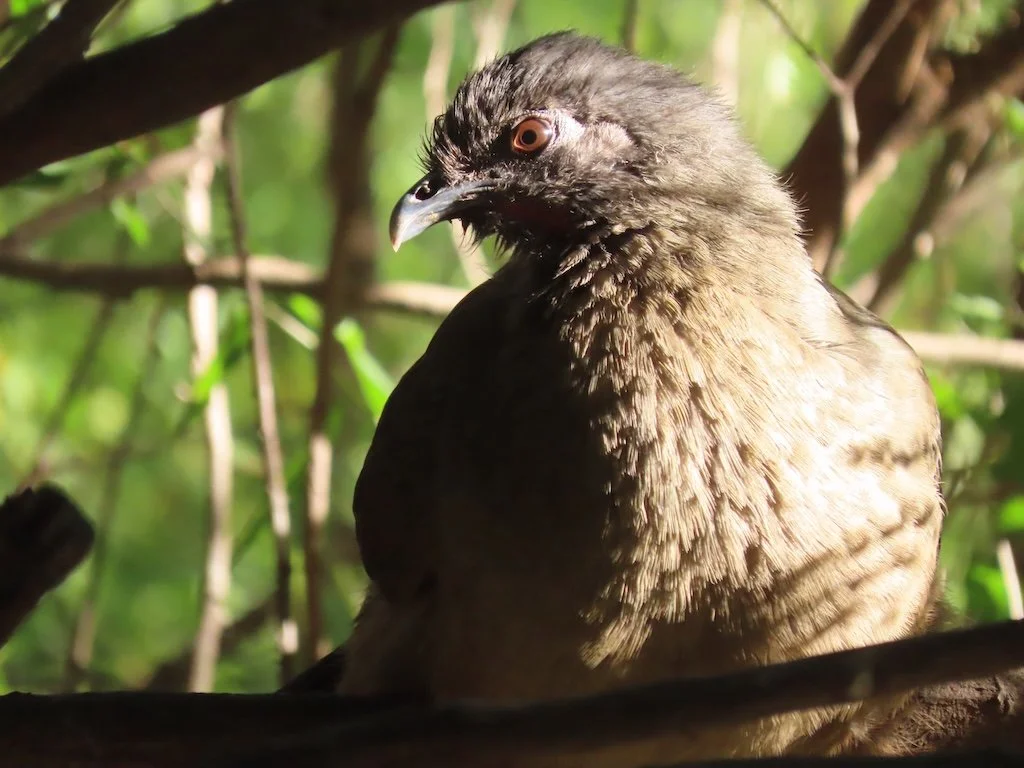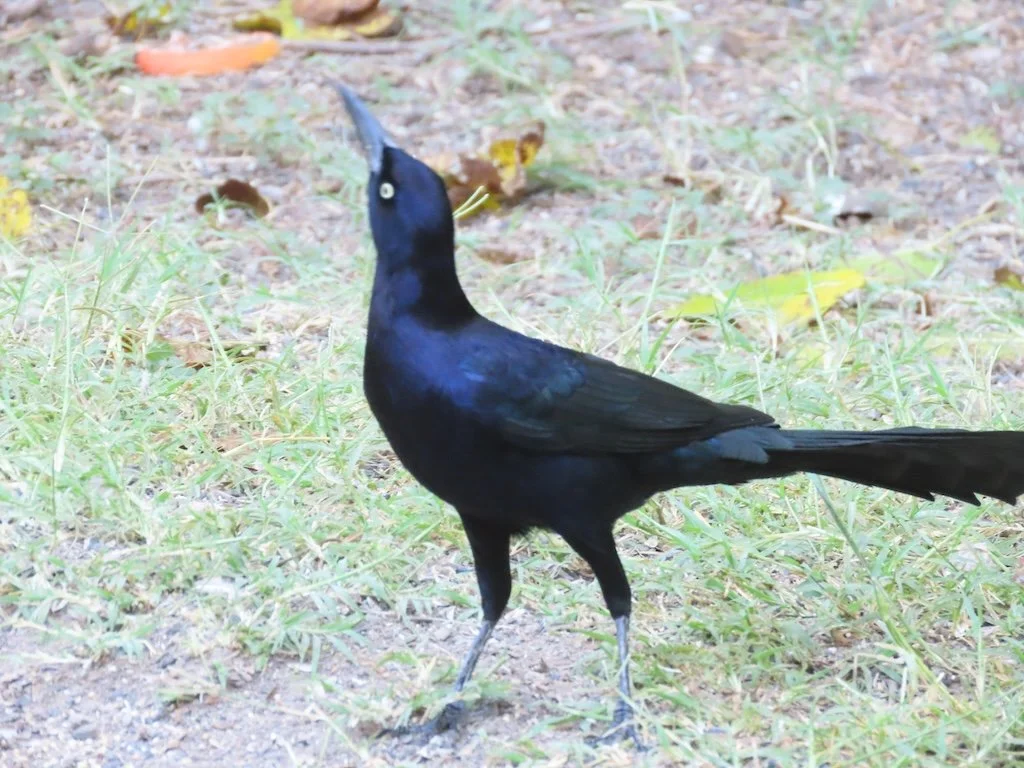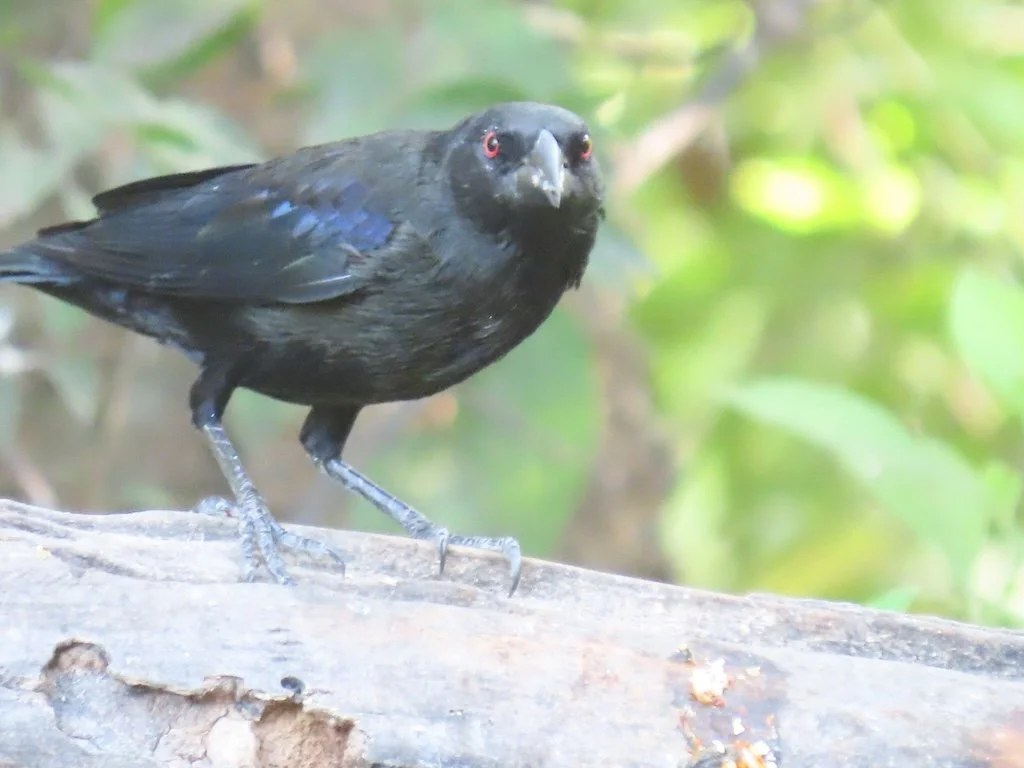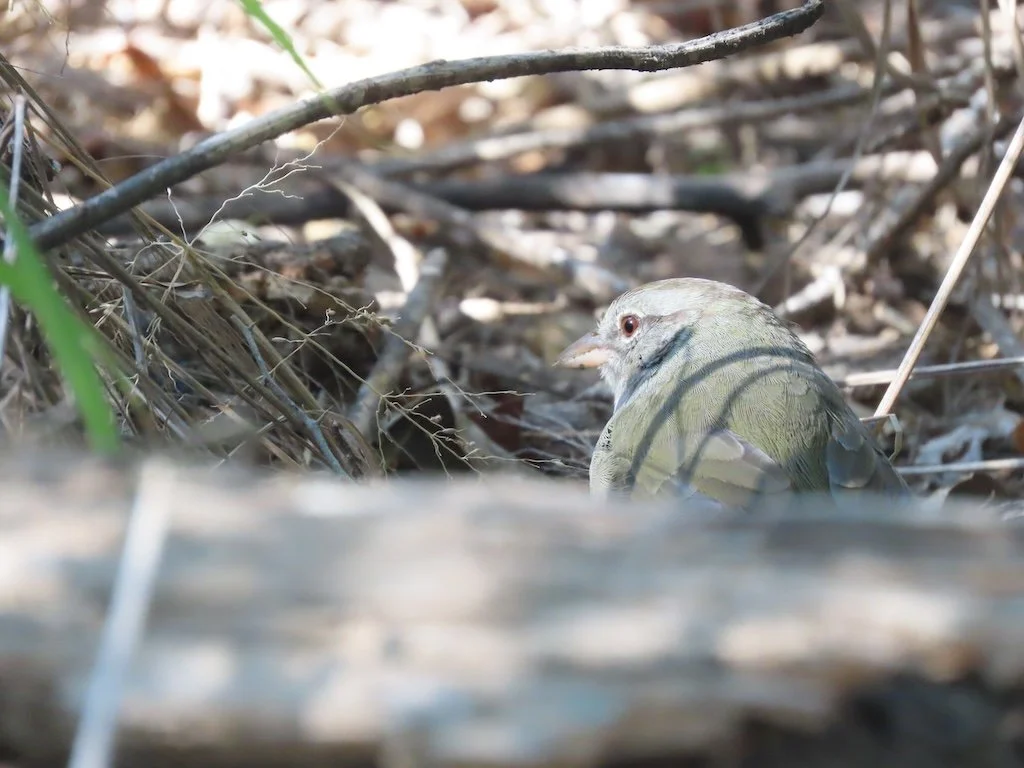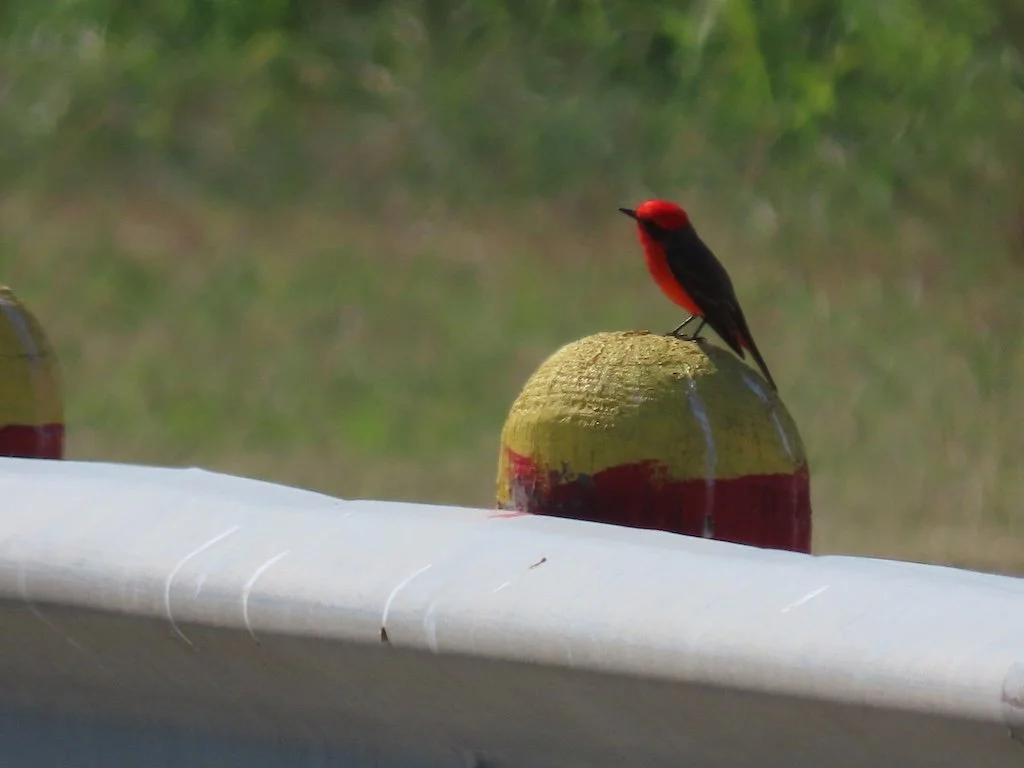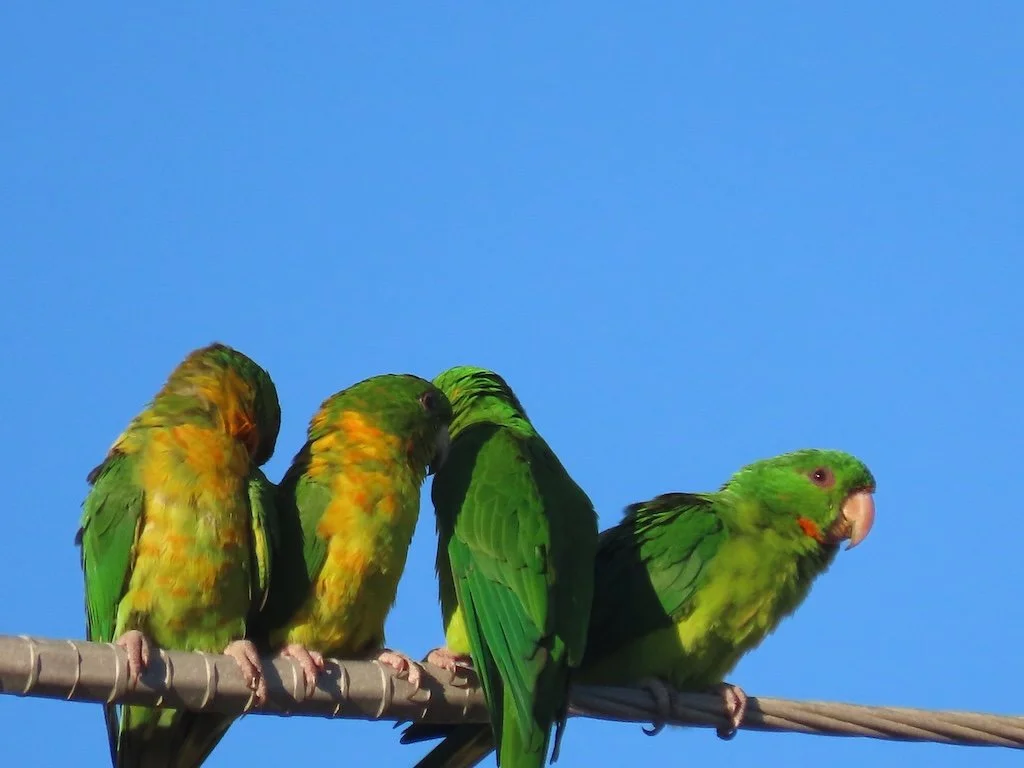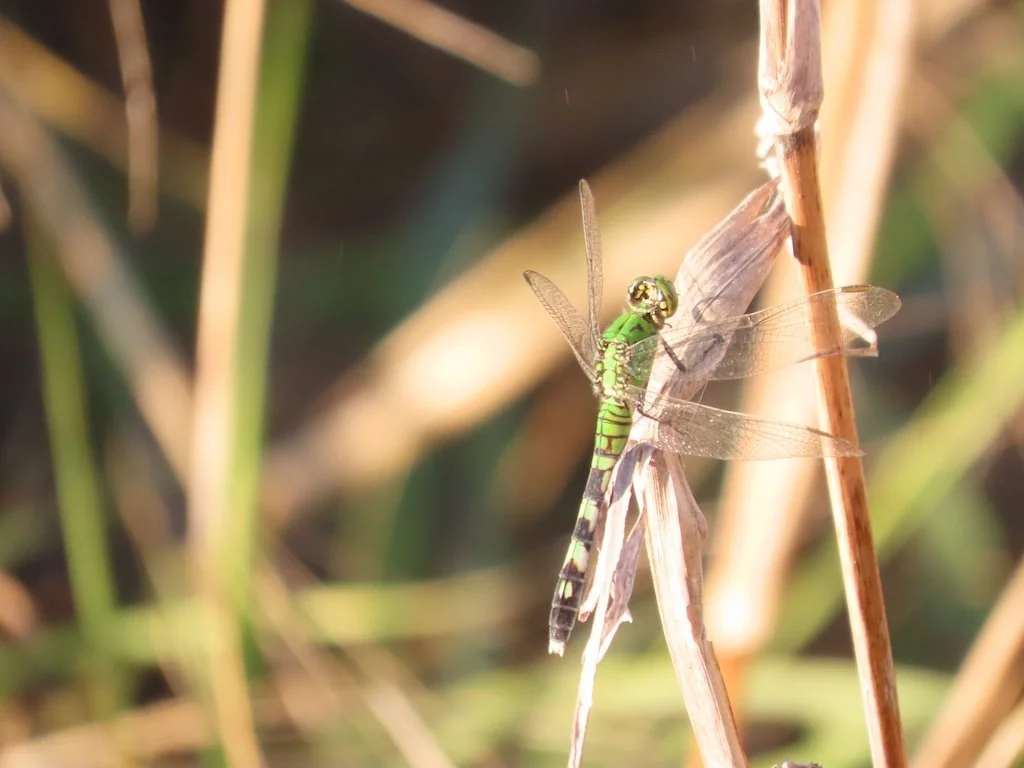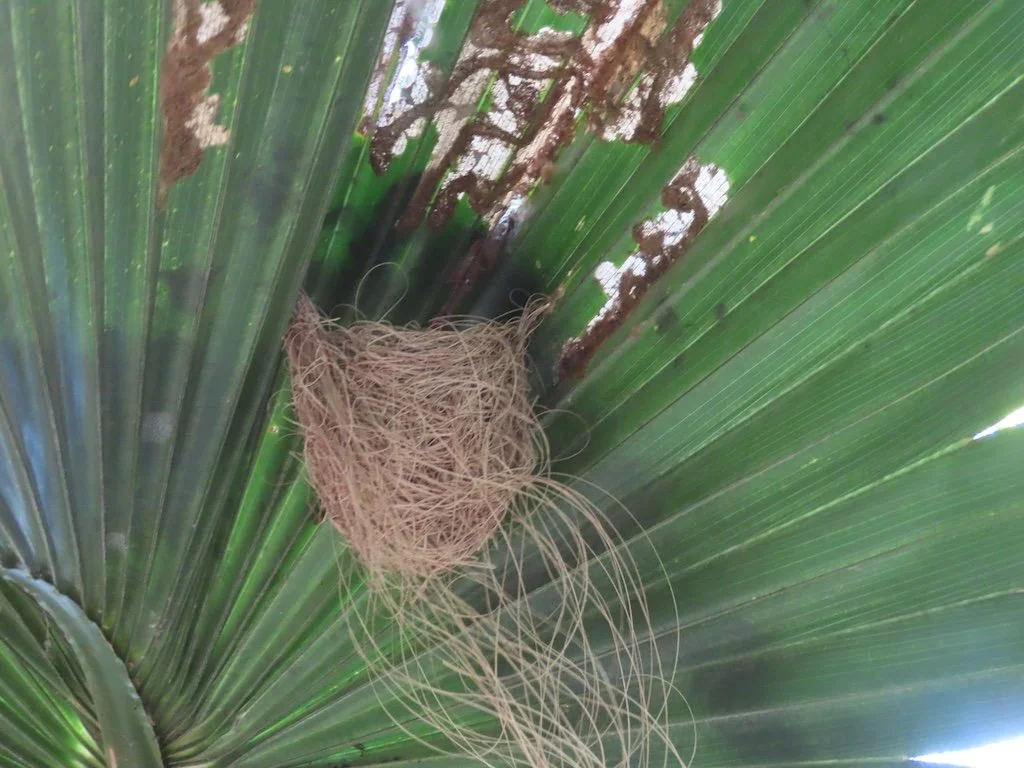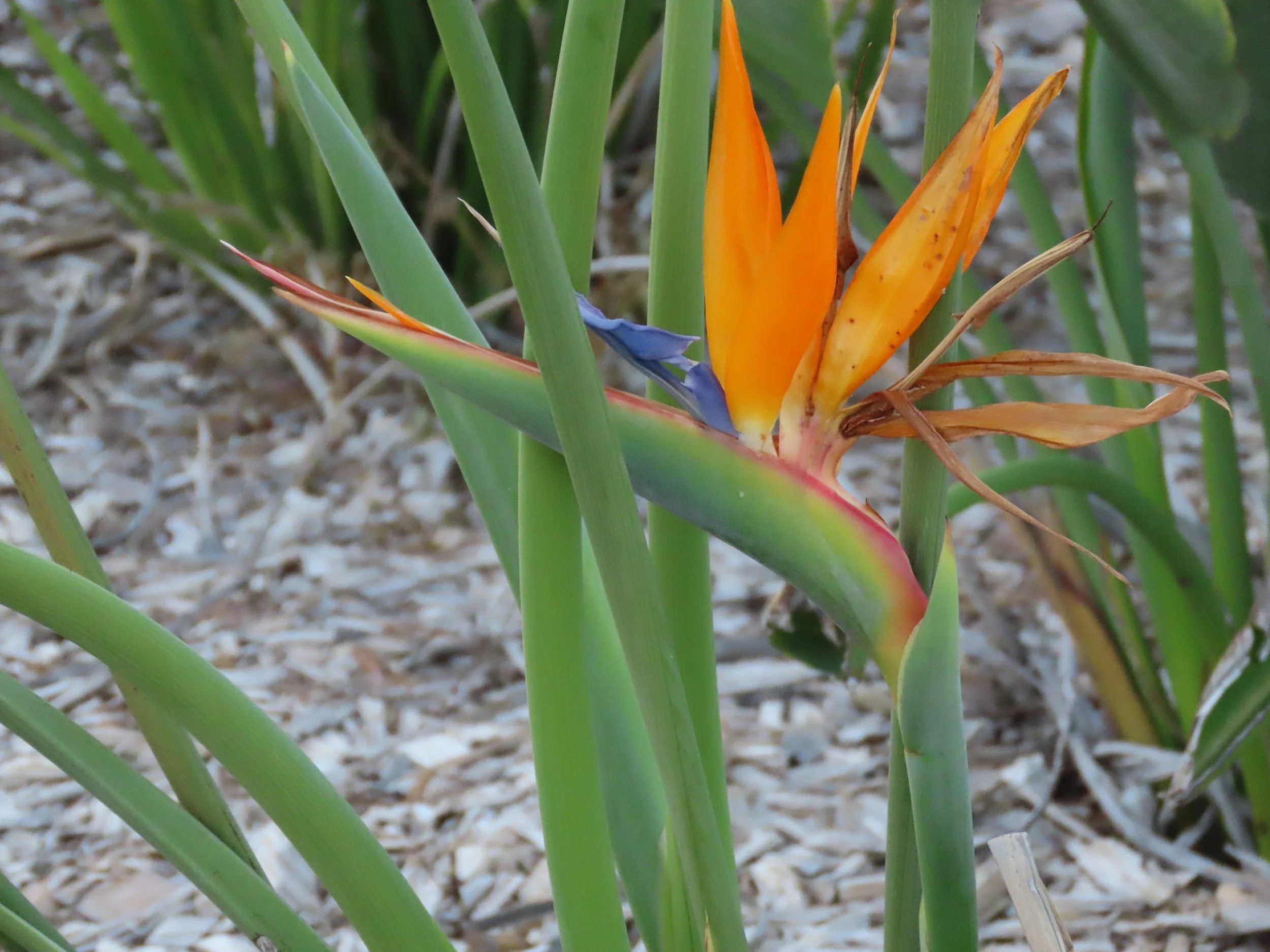Gleanings of the Week Ending June 21, 2025
/The items below were ‘the cream’ of the articles and websites I found this past week. Click on the light green text to look at the article.
From Dead Dirt to Healthy Soil in 7 Simple Steps – The articles from Leaf & Limb are always full of practical suggestions. I am doing all 7 of these steps in my yard!
A Large, Invasive Lizard Was Spotted in a California Park – An Argentine black and white tego. Another invasive...probably a pet that escaped or was released. Tegus have established populations in several parts of Florida, where they’ve been declared an invasive species. The lizards have also infiltrated southeast Georgia, and they have been spotted in Alabama, Texas, South Carolina and Louisiana.
Ultra-processed foods are everywhere — and they’re quietly raising health risks - The effects of UPFs can pile up over time, adding to the risk of heart attack, stroke and other serious health issues by raising blood pressure and blood sugar levels. While ultra-processed foods include obvious culprits like potato chips, candy and frozen pizza, there are also some that people may believe are good for them, such as packaged granola bars, sports drinks and fruit-filled yogurt.
The hunt for Marie Curie's radioactive fingerprints in Paris - Marie Curie worked with radioactive material with her bare hands. More than 100 years after her groundbreaking work, the lingering radioactive fingerprints she left behind are still measurable.
5 simple (and cheap) things to make your house use less energy - Climate solutions for reducing home energy use can be extremely simple — and sometimes even free.
When Rivers Take a Weird Turn – Two examples where water (river) flows in unexpected ways…with satellite images from Landsat 9 of the two areas.
6 feel-good exercises to alleviate sore, achy feet – Some of these were new-to-me. I’m trying them all!
Is it better to neglect your garden? – Maybe…except for stepping in strategically to keep invasives from taking over. My yard is a work in progress but the goal it to make changes that mean it will require less and less intervention over time.
Sequoia And Kings Canyon National Parks' Giant Sequoia Trees - Giant sequoia trees can live to be more than 3,000 years old! Large giant sequoias often owe their size to rapid growth rather than age, so an old giant sequoia will not necessarily be the largest specimen. While these giant trees are more resistant to threats, they are not immune. Climate change influences the growth and survival of sequoias, particularly in the form of droughts with unusually high temperatures known as “hotter droughts.”
5,000-Year-Old Bread Buried in Bronze Age House - The flatbread, which measures, five inches wide and one inch thick, is among the earliest known baked items ever discovered. Analysis determined that it was made from a coarsely ground flour made of emmer, a type of ancient wheat, and lentils. A modern bakery has already begun to reproduce and sell breads based on the ancient recipe.

